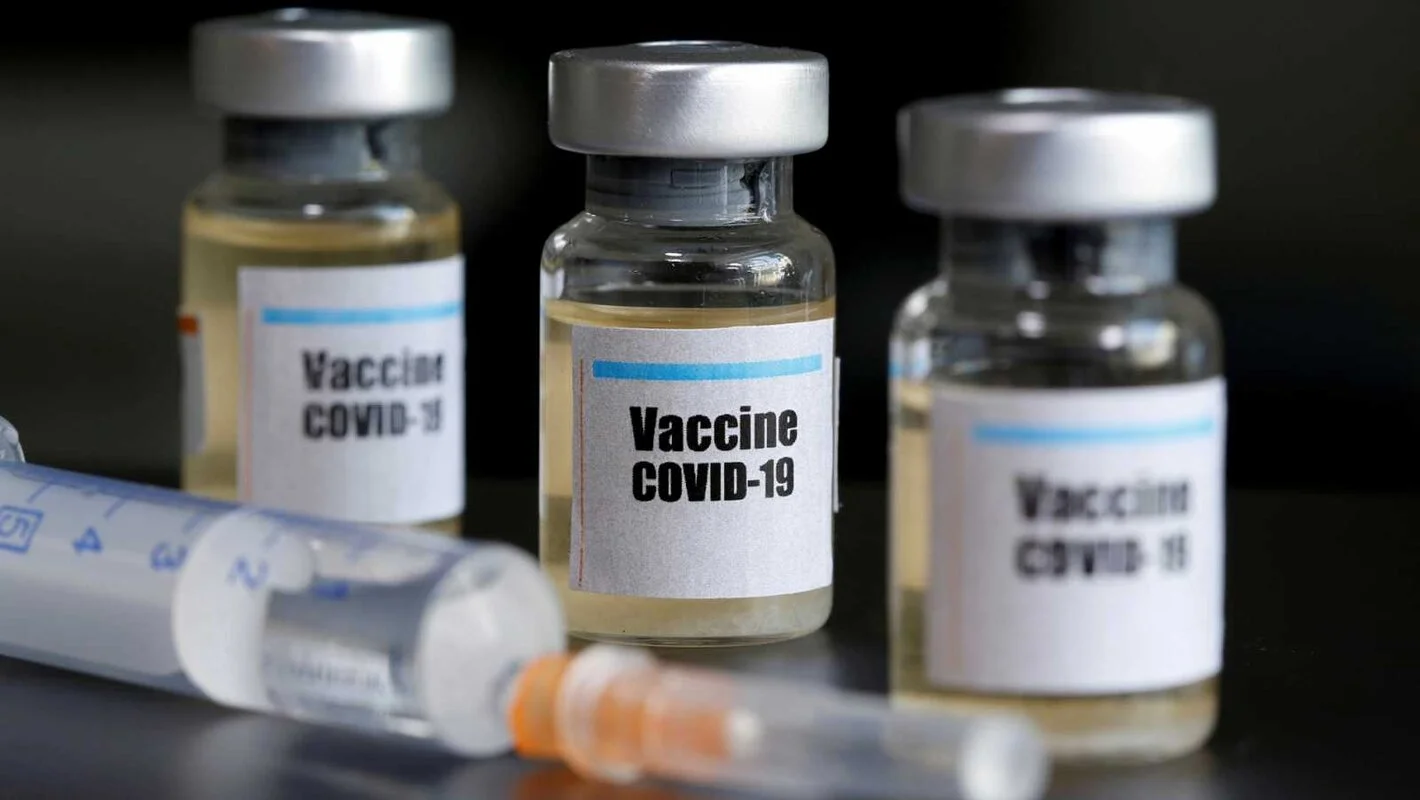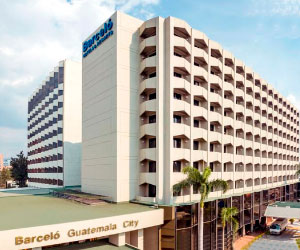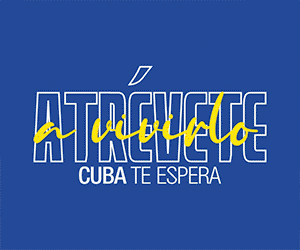Many countries in Latin America were hit with soaring Covid-19 death rates early in the pandemic, as coronavirus raged throughout the region. The tide is turning in many Latin American nations today, where vaccination rates are outpacing countries in Europe and North America and helping drive down deaths.
The vaccine rollout was slow at the start, with just getting the vaccines in hand a major issue. Just six months ago, Latin America and the Caribbean were reporting just under half of all Covid-19 related deaths worldwide. Now, the region accounts for about 10% of Covid-19 related deaths, according to the latest data from Johns Hopkins University.
That’s due to the accelerated delivery of European, American, Chinese and homegrown vaccines that a number of Latin American nations have received in the second half of this year, according to Pan American Health Organization (PAHO) data.
Cuba, Chile and Brazil are among the top ten countries globally in terms of those fully vaccinated, according to statistics compiled by PAHO.
One reason for those successful vaccination campaigns can be chalked up to history: Many countries in Latin America have long-standing and trusted national inoculation drives against other diseases, such as polio.
Cuba has, perhaps, fared best in this regard, with its bet on its homegrown vaccines — approved for emergency use by its drug regulators this summer — paying off.
The country has the highest rate of vaccination in the region — and one of the highest in the world — with 84.1% of its inhabitants fully vaccinated, according to PAHO. In September, Cuba became the first in the world to begin the mass vaccination of kids as young as 2 against COVID-19.
Scientists say the Cuban-made vaccines are safe and effective in preventing serious illness and death. The government applied for World Health Organization approval for its vaccines in September.
Meanwhile Brazil, home to one of the highest Covid-19 death rates in the world, has emerged from its darkest days of the pandemic with a successful vaccination drive. Major cities like Rio de Janeiro and Sao Paulo have seen more than 99% of the adult population receive at least one dose of the vaccine, Reuters reports.
Brazil has administered more than 315 million doses, with 65.7% of the population fully vaccinated, according to PAHO data up to December 23.
Chile’s record is even better — with 85.6% of the population fully vaccinated. Uruguay has vaccinated 76.6% of its inhabitants and Argentina’s vaccination rates sit at 70%.
In Ecuador, 69.1% of its eligible population is already fully vaccinated. There, Covid-19 vaccinations will be made mandatory for people who are eligible for the vaccine from ages five and older, the Ecuadorian health ministry said on Thursday, becoming the first country in Latin America to impose such measure for the entire eligible population. The vaccination will not be mandatory for those with pre-existing medical conditions, the health ministry statement said.
And in Peru, which has suffered the highest rate of Covid-19 deaths anywhere in the world, 63.9% of the eligible population is now fully vaccinated.
Regionally, over 868 million doses have been administered as of December 22 in Latin America and the Caribbean, PAHO reported, with around 57% of Latin America and the Caribbean’s population fully vaccinated. That compares to 67.8% in Europe and 61.3% in the United States.
Uneven rates
Still, PAHO warns that vaccination remains uneven across the Latin America and Caribbean region, “with a handful of countries unlikely to reach the 40% vaccination target by the end of the year and many just above the 50% threshold of full COVID-19 immunization.”
Countries that are continuing to struggle with their rollouts include Jamaica and French Guyana, where 18.7% and 25.4% of people are fully vaccinated. Among the larger countries in the region, Mexico has only just passed the 50% threshold.
And as the Omicron variant spreads, like in much of the world, Latin America is beginning to see a spike in reported cases. In the week to December 23, the Americas (which includes the United States and Canada) reported over 1.1 million new Covid-19 infections — a 6% increase in cases from the previous week.
However, much of that rise was driven by cases in the US, with PAHO reporting an overall case drop in South America of 10.7% in cases and a 6.3% decrease in deaths in that week.
Bolivia was the outlier, reporting a sharp increase in cases, as did some parts of the Caribbean, where a PAHO analysis showed cases increased by 16%.
As well as imported vaccines, Latin America is now producing more of its own. This month, PAHO Director General Carissa Etienne welcomed WHO approval of an AstraZeneca vaccine jointly produced by Argentina and Mexico — the first in Latin America.
“This is an important milestone for Latin America and highlights the importance of technology transfer to increase the availability of quality COVID-19 vaccines in the region,” Etienne said. (https://ktvz.com/cnn-other/2021/12/28/many-latin-american-countries-now-have-higher-vaccination-rates-than-europe-and-north-america/)
Original Source: CNN



































